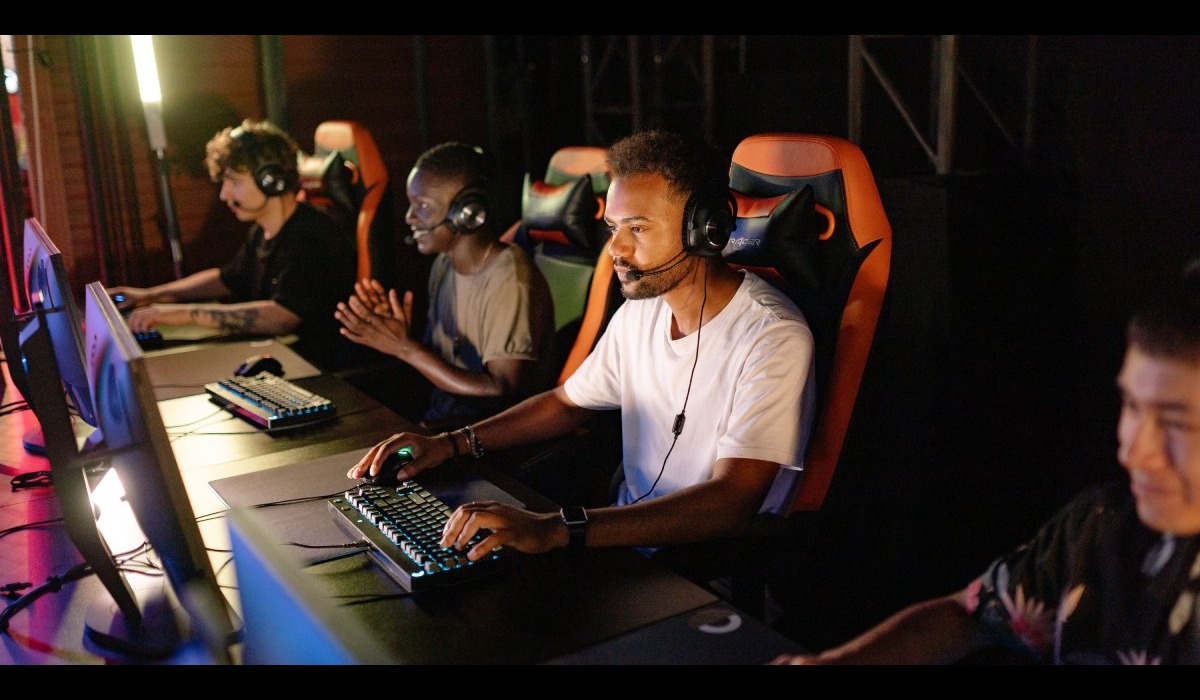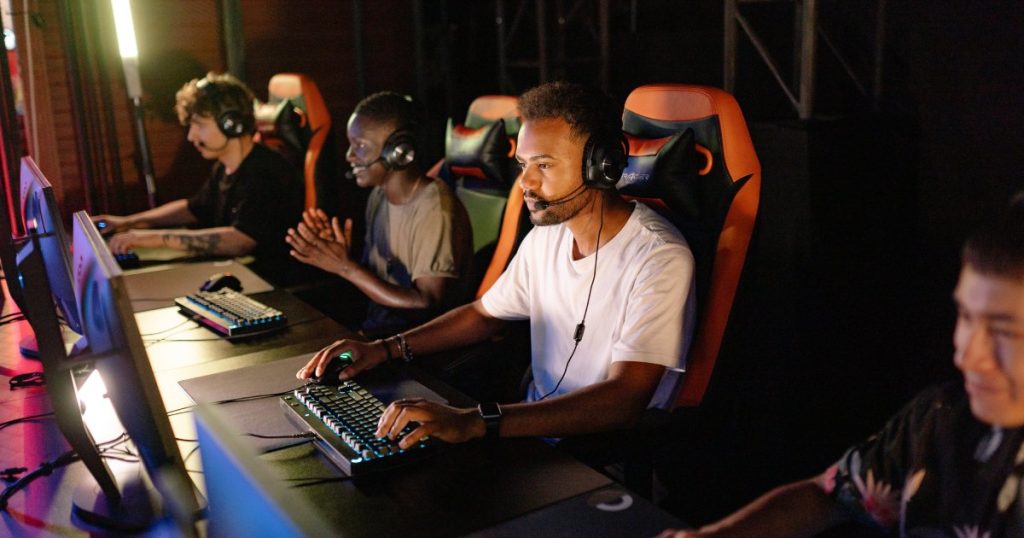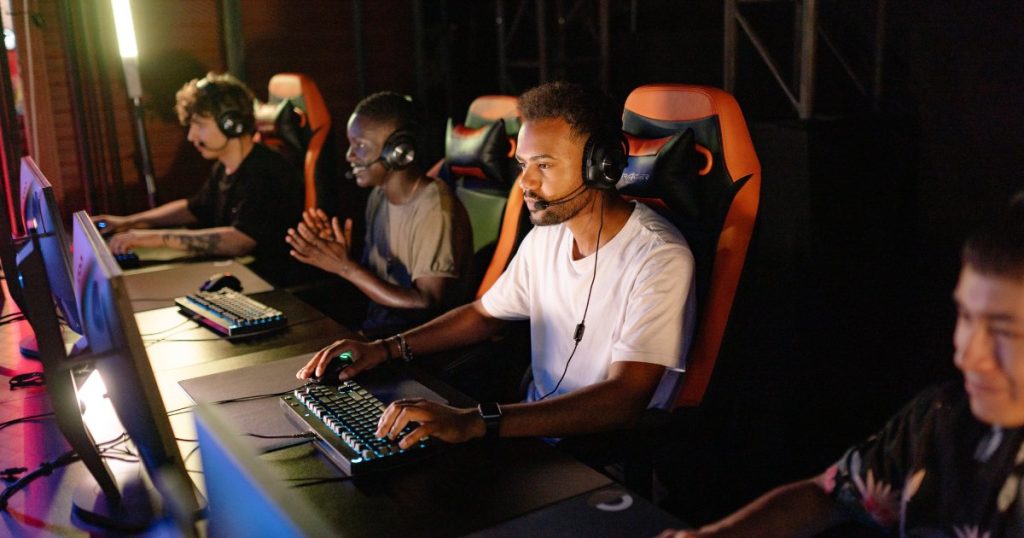Introduction
Boltból, a game shrouded in mystery and excitement, has captured the hearts of many enthusiasts around the world. In this article, we delve into the depths of this captivating sport, exploring its origins, rules, strategies, and the reasons behind its growing popularity.
The Bold and Brilliant World of Boltból: Unraveling the Mysteries of This Fascinating Game
Introduction
A game shrouded in mystery and excitement, has captured the hearts of many enthusiasts around the world. In this article, we delve into the depths of this captivating sport, exploring its origins, rules, strategies, and the reasons behind its growing popularity.
Understanding Boltból: A Brief History
Origins of Boltból
Traces its origins back to the ancient civilizations of Mesopotamia, where it was first played as a test of strength and agility among warriors. Over time, the game evolved and spread to different parts of the world, each region adding its unique flair to the sport.
Evolution of the Game
From its humble beginnings, underwent significant transformations, adapting to the changing times and cultural influences. Today, it stands as a symbol of unity and competition, bridging gaps between nations and communities.
Global Spread and Adoption
In recent years, has seen a surge in popularity, with leagues and tournaments sprouting up in countries across the globe. Its universal appeal and simple yet engaging gameplay have attracted players and fans from diverse backgrounds.
The Rules of Boltból: How to Play
Setting Up the Field
A field is rectangular in shape, with goalposts at each end. The dimensions may vary depending on the level of play, but the basic layout remains the same. Boundary lines mark the perimeter of the field, ensuring fair play and clear delineation of the playing area.
Basic Gameplay Mechanics
The objective of is simple: score more points than the opposing team by getting the ball into the opponent’s goalpost. Players use a combination of passing, dribbling, and shooting skills to maneuver the ball across the field while defending their own goal from the opposing team’s attacks.
Scoring System
Points in are awarded when a player successfully kicks the ball into the opponent’s goalpost. The team with the highest number of goals at the end of the match is declared the winner. In the event of a tie, extra time or a penalty shootout may be used to determine the outcome.
The Bold Strategies of Boltból
Offensive Strategies
Offensive strategies in focus on creating scoring opportunities by maintaining possession of the ball, exploiting gaps in the opponent’s defense, and capitalizing on set-piece plays such as corner kicks and free kicks.
Defensive Strategies
Defensive strategies aim to prevent the opposing team from scoring by organizing players into a solid defensive formation, pressuring the ball carrier, and anticipating their movements to intercept passes and regain possession.
Team Dynamics and Coordination
Effective teamwork and communication are essential components of successful strategies. Players must work together seamlessly, anticipating each other’s actions and providing support both on and off the ball.
The Psychology of Boltból: Mind Games on the Field
Psychological Warfare
is as much a mental game as it is physical. Psychological warfare tactics such as intimidation, deception, and mental resilience play a crucial role in gaining a competitive edge over opponents.
Mental Toughness and Resilience
Players must possess mental toughness and resilience to overcome setbacks and challenges during the course of a match. Maintaining focus and composure under pressure is key to staying one step ahead of the competition.
Strategies for Maintaining Focus
Techniques such as visualization, goal setting, and mindfulness can help players maintain focus and concentration during high-pressure situations. By staying mentally sharp, players can make better decisions and execute their strategies with precision.
The Physical Demands of Boltból: A Test of Strength and Agility
Endurance Training
requires players to have a high level of endurance to sustain their performance throughout the duration of a match. Endurance training programs typically include cardio exercises, interval training, and stamina-building drills.
Speed and Agility Exercises
Speed and agility are essential attributes for players, allowing them to outmaneuver opponents and create scoring opportunities. Speed drills, agility ladder exercises, and plyometric training can help improve a player’s quickness and agility on the field.
Injury Prevention and Recovery
Given the physical nature of , injury prevention and proper recovery are paramount for player safety and longevity. Warm-up routines, stretching exercises, and injury rehabilitation programs can help reduce the risk of injuries and speed up the recovery process.
Boltból: More Than Just a Game
Community Building
Fosters a sense of community and camaraderie among players and fans alike, bringing people together from diverse backgrounds and cultures to celebrate their shared love for the sport.
Cultural Significance
In many countries, Boltból is deeply ingrained in the cultural fabric, serving as a source of national pride and identity. Tournaments and events celebrating Boltból often feature traditional music, dance, and cuisine, further enriching the cultural experience.
Impact on Personal Development
Participating in Boltból can have a positive impact on personal development, teaching valuable life skills such as teamwork, leadership, discipline, and resilience. The lessons learned on the field often extend beyond the game, shaping individuals into well-rounded and resilient individuals.
Boltból’s Role in the Modern World
Professional Leagues and Tournaments
Boltból has experienced a resurgence in recent years, with the emergence of professional leagues and tournaments attracting top talent from around the world. Major tournaments such as the World Boltból Cup draw millions of viewers and showcase the sport’s global appeal.
Media and Entertainment
The rise of digital media and online streaming platforms has made Boltból more accessible to audiences worldwide. Live broadcasts, highlight reels, and interactive content allow fans to engage with the sport on a deeper level, further fueling its popularity.
Future Prospects and Innovations
As Boltból continues to evolve, so too do the possibilities for innovation and growth. Advances in technology, training methods, and game design are shaping the future of the sport, opening up new avenues for players, coaches, and fans alike.
Conclusion
In conclusion, Boltból stands as a testament to the human spirit of competition, camaraderie, and innovation. Its blend of strategy, athleticism, and psychology continues to captivate players and spectators alike, ensuring its enduring legacy in the realm of sports.
FAQs (Frequently Asked Questions)
- What equipment do I need to play Boltból?To play Boltból, you’ll need a Boltból ball, goalposts, and a playing field marked with boundary lines.
- Is Boltból a dangerous sport?While Boltból does involve physical contact, proper training and adherence to safety guidelines can mitigate the risks of injuries.
- Can anyone play Boltból?Yes, Boltból is a sport that can be enjoyed by people of all ages and skill levels.
- How long does a typical Boltból match last?The duration of a Boltból match can vary, but it usually consists of two halves,

 Business9 months ago
Business9 months ago
 Business5 months ago
Business5 months ago
 Tech9 months ago
Tech9 months ago
 News9 months ago
News9 months ago
 Business9 months ago
Business9 months ago
 News9 months ago
News9 months ago
 Blog9 months ago
Blog9 months ago
 News9 months ago
News9 months ago






